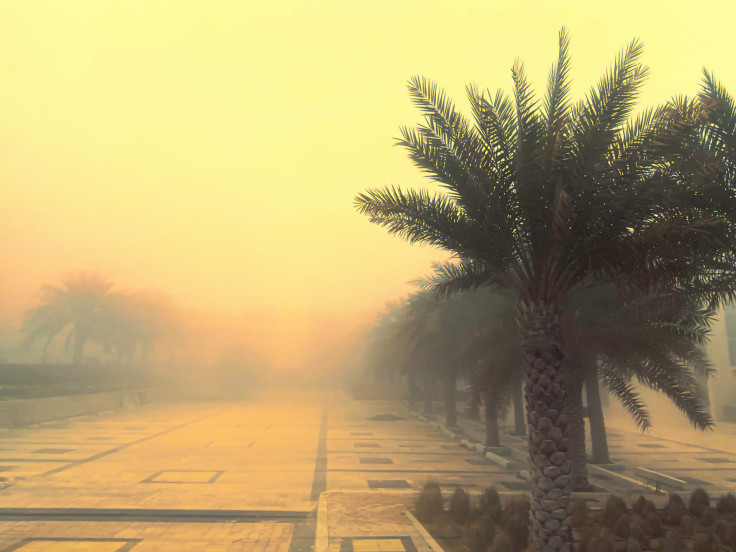Haboob in Phoenix: What It Means, How It Forms, and Why Residents Fear the Dust Storms
Winds up to 40 mph knocked down trees and damaged infrastructure

A towering wall of dust swallowed Phoenix, Arizona this week, plunging neighbourhoods and motorways into near-total darkness.
The giant haboob, a violent dust storm common during Arizona's summer monsoon season, brought daily life to a standstill. More than 15,000 homes and businesses lost power, flights were delayed at Phoenix Sky Harbor International Airport, and drivers were forced to abandon roads as visibility vanished in seconds.
The storm has reignited public concern over what a haboob is, how it forms, and why it is considered one of the desert Southwest's most dangerous weather events.
What Is a Haboob?
The word haboob comes from the Arabic word habb, meaning to blow. Meteorologists use it to describe a wall of dust created when a collapsing thunderstorm unleashes powerful downdrafts.
These storms sweep air outward at high speed, lifting vast amounts of dust and sand into the sky. The result is a rolling wall of debris that can rise several hundred feet and race across the desert at 30 to 60 mph (48–96 km/h).
Although haboobs occur in deserts worldwide, they are most strongly associated with Arizona's monsoon season.
How Haboobs Form in Arizona
Haboobs begin when thunderstorms push cold air downwards, slamming into the hot, dry desert floor. The air then spreads outward rapidly, sucking up loose soil and dust and turning it into an enormous airborne wall.
Phoenix is particularly vulnerable due to its flat desert landscape and frequent summer storms. The dust storms often strike with little warning, leaving residents and motorists unprepared. According to the National Oceanic and Atmospheric Administration, most haboobs last only 10 to 30 minutes before fading, but the impact can be severe.
The Phoenix Haboob and Its Impact
The latest storm began south of Phoenix before sweeping into populated areas including Chandler, Queen Creek and Maricopa.
Winds of up to 40 mph (64 km/h) toppled trees and damaged infrastructure. At Sky Harbor International Airport, part of a roof was torn away, leading to leaks and further delays for passengers already grounded by dust.
Airport spokesperson Heather Shelbrack confirmed crews were working to repair leaks and clean up water inside terminals.
Meanwhile, more than 15,000 customers in Maricopa County were left without electricity as the storm downed power lines. On highways, visibility dropped to zero, forcing drivers to stop. Authorities repeated their stark safety warning: 'Pull Aside, Stay Alive.'
Why Residents Fear Haboobs
While the dramatic images attract global headlines, locals know the risks all too well.
The dust and pollutants whipped up during a haboob can trigger asthma attacks, bronchitis, and severe allergies, leading to spikes in emergency calls.
Motorists face danger from chain-reaction collisions when visibility collapses. Homeowners frequently report damage to roofs, air-conditioning units, and landscaping as the dust wall tears through communities.
The widespread outages and chaos caused by this week's storm underscored just how exposed Phoenix's infrastructure remains to these violent weather events.
© Copyright IBTimes 2025. All rights reserved.





















